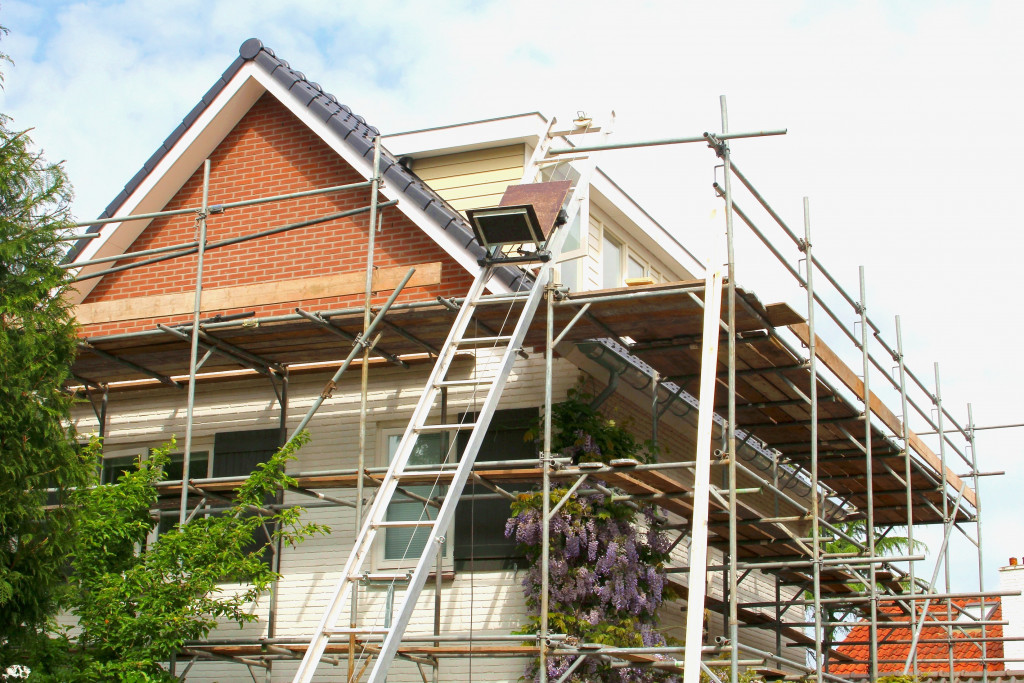A comfortable and safe home is essential to any family’s well-being. A secure and comfortable home can offer a sense of stability, provide refuge from the uncertainties of the outside world, and create a nurturing environment for both physical and mental health. Studies have found that children who grow up in unsafe or uncomfortable homes are more likely to suffer from depression, anxiety, and antisocial behavior. In contrast, those who grow up in warm and nurturing homes tend to be better adjusted psychologically. Furthermore, families living in stable housing generally report higher levels of happiness than those living in unstable or uncomfortable environments.
However, your home might need an upgrade to become a safe and comfortable place. The following are some practical tips to help create a secure and nurturing environment for your family.
Safety
A secure and safe home is essential for any family’s well-being. Safety features in the home protect the physical health of family members and provide mental and emotional security, allowing them to relax in their environment and peacefully go about their daily lives. To ensure this, homeowners need to take extra preventive measures to make sure their property is as safe as possible, including these steps:
Installing a Home Security System
Installing a home security system is one of the most effective ways to protect your family and possessions. Security systems can detect movement, monitor entry points, and catch fire or smoke.
Repairing Damaged Doors and Windows
Ensure all entryways must have heavy-duty locks, deadbolts, and window latches. Repair any damaged doors or windows as soon as possible to prevent intruders from gaining access to your home.
Using Outdoor Lighting
Adding outdoor lighting around your property will make it easier to see in the dark and reduce potential criminal activity on your property. Motion-sensor lights are handy for discouraging criminals from entering your yard at night.
Establishing Child-Proof Features
If you have young children, it is vital to child-proof your home. This can be done by using guards on windows and doors, covering electrical outlets with covers, storing medication out of reach, and keeping any dangerous objects, such as knives or guns, stored securely away from curious hands.
Comfort

Creating a comfortable home environment helps foster the well-being of family members and visitors alike. To achieve this, homeowners need to make sure their homes are conducive to relaxation and restful sleep by taking these steps:
Maintaining Proper Temperature Control
Proper temperature control is essential for any home’s comfort level. During winter, install insulation in your walls and ceilings to keep warm air inside the house, install window coverings to keep cold air out, and use a programmable thermostat to manage your heating bills. During the summer months, use fans and dehumidifiers to keep indoor temperatures cool.
Improving Indoor Air Quality
Indoor air quality is an often overlooked aspect of home comfort, but it can significantly impact physical and mental health. To improve air quality, try using an air purifier with HEPA filters to remove dust particles, pet dander, mold spores, and other potentially harmful pollutants from the air in your home.
Adding Soft Furnishings
Soft furnishings such as cushions, throws, and rugs help soften hard surfaces like wood or tile floors, creating a more inviting environment for family members and visitors. Additionally, these furnishings can help reduce noise levels and build a sense of warmth and coziness in your home.
Energy Efficiency

Efficiency is an essential aspect of creating a comfortable and secure home environment. Homeowners can reduce their energy bills by making small changes, such as replacing incandescent bulbs with LED or CFL bulbs, unplugging unused appliances and electronics, and insulating walls, floors, and ceilings to keep the warm air inside during winter months.
Unfortunately, figuring out where you can make energy efficiency changes can be challenging. If you want a guide, you can get an Energy Performance Certificate (EPC) to assess your home and then make improvements to increase efficiency.
Functionality
Functionality is also a key element in creating a secure and comfortable environment. Homeowners should consider the daily needs of all family members, from children to seniors, when making design decisions. Some things to consider include choosing ergonomic furniture for comfort, investing in good-quality mattresses and pillows for restful sleep, and installing stairs with handrails for easy access and home mobility.
Upgrading appliances will also help improve functionality and make daily tasks easier. Investing in an efficient washer and dryer, a powerful vacuum cleaner, and other energy-saving devices can save you time and reduce the manual labor needed to keep your home clean.
Final Thoughts
Ultimately, creating a secure and comfortable home environment involves more than just making sure all the doors are locked or installing new appliances. It requires thoughtful consideration of safety, comfort, energy efficiency, and functionality to create a nurturing environment that will benefit all family members’ physical and mental health. With some simple steps, you can create a safe and supportive home for everyone in your household.

